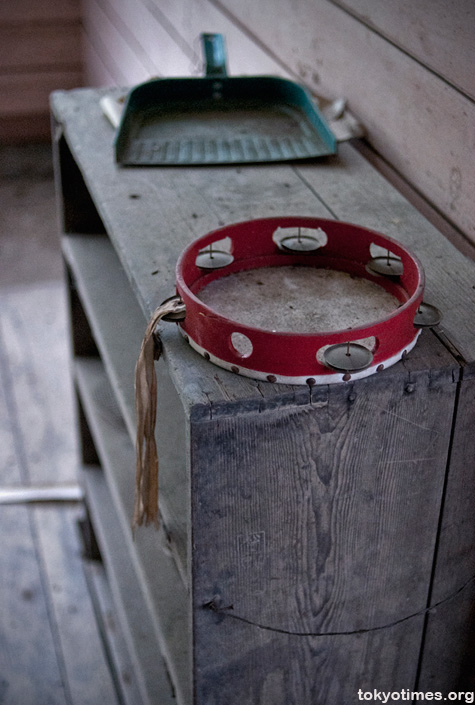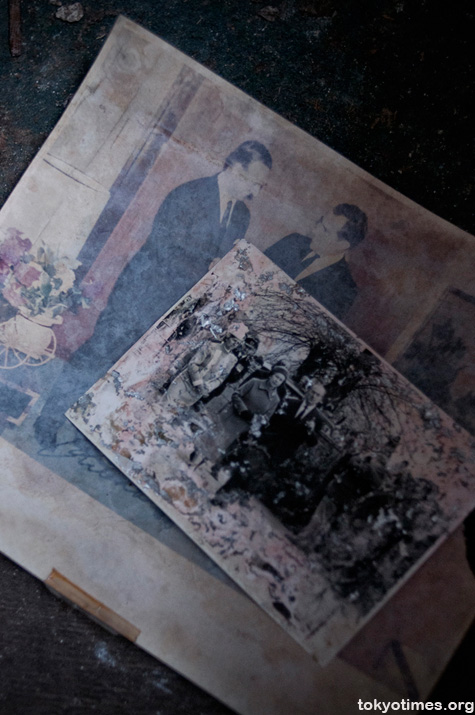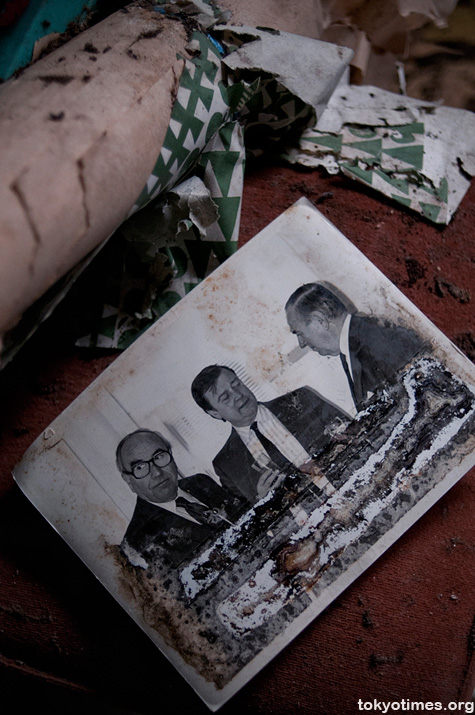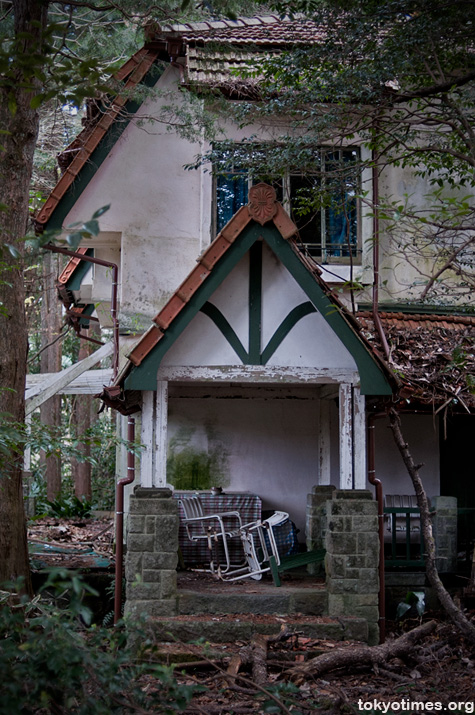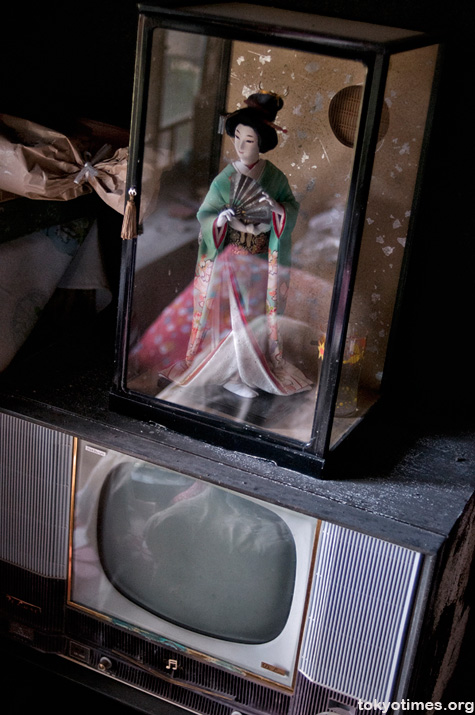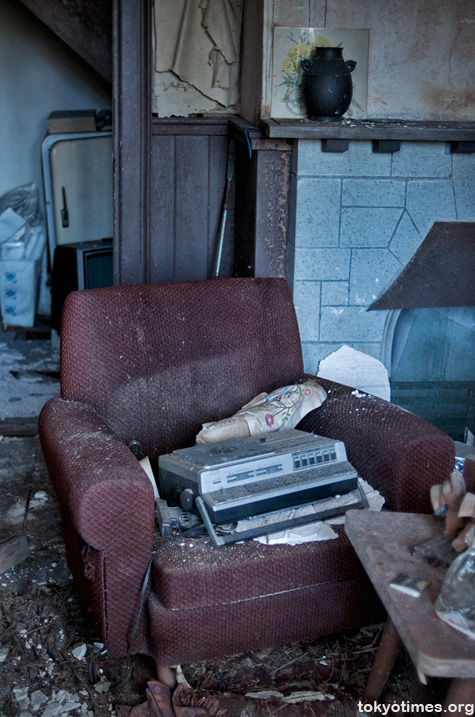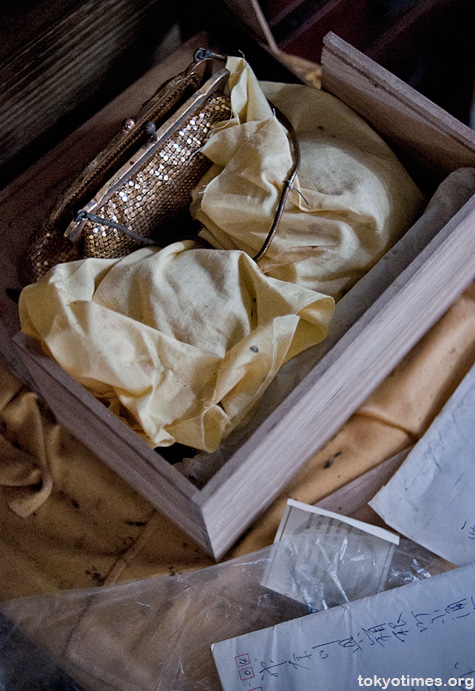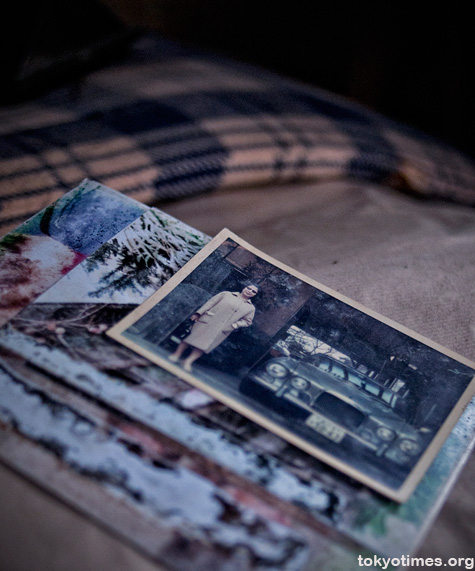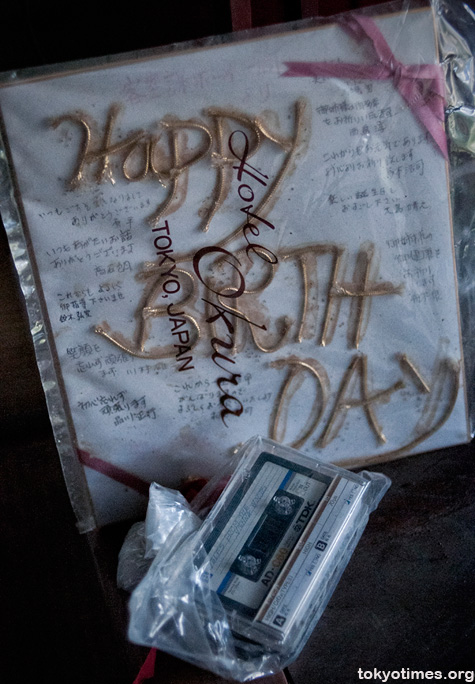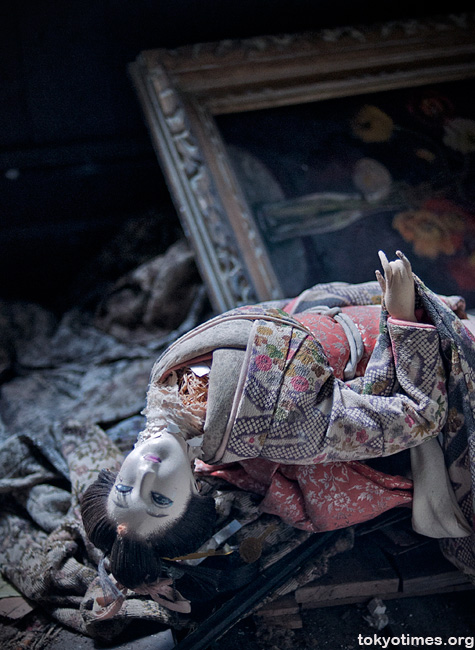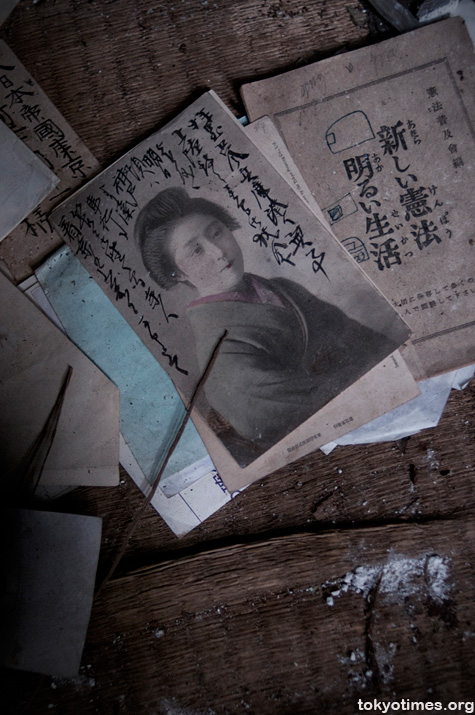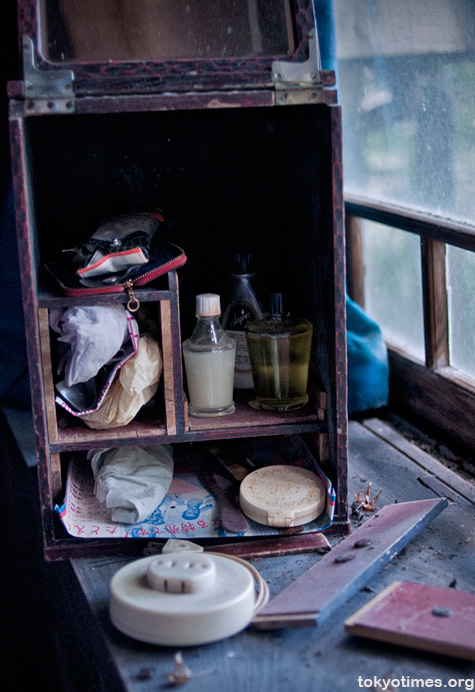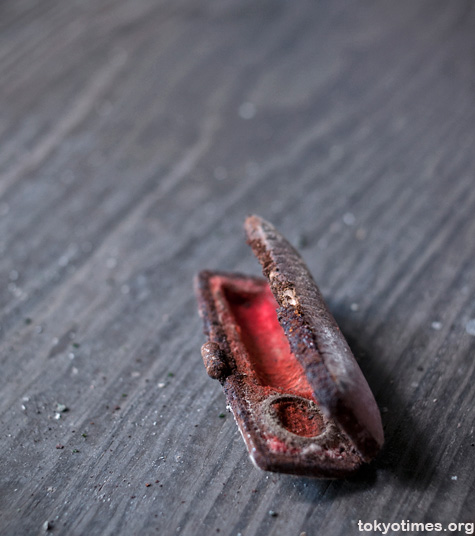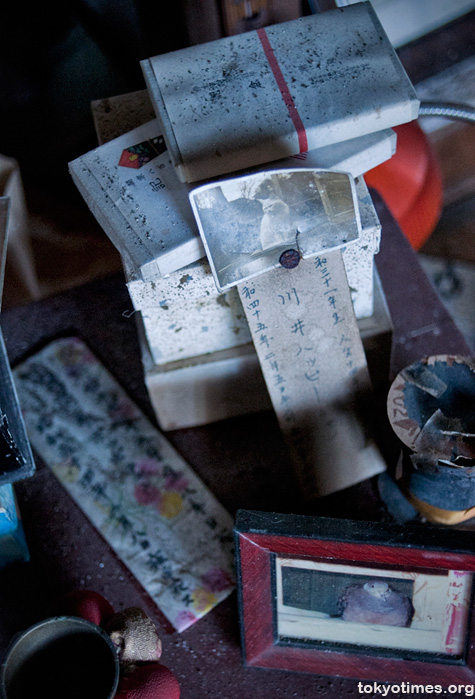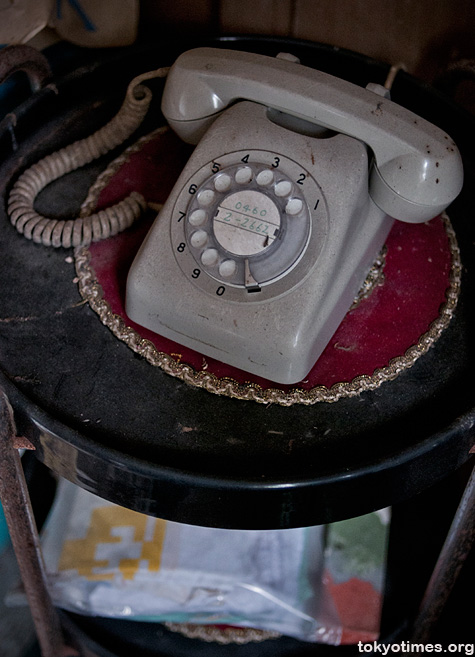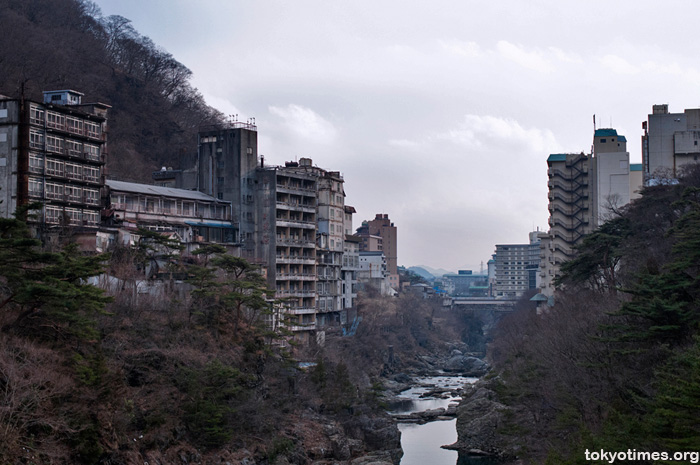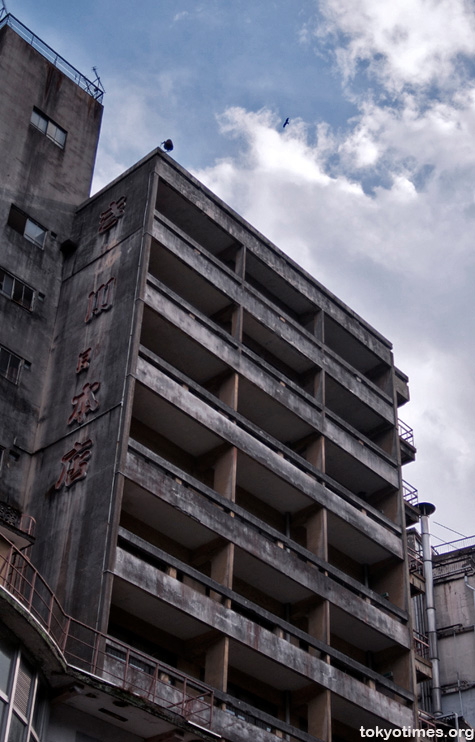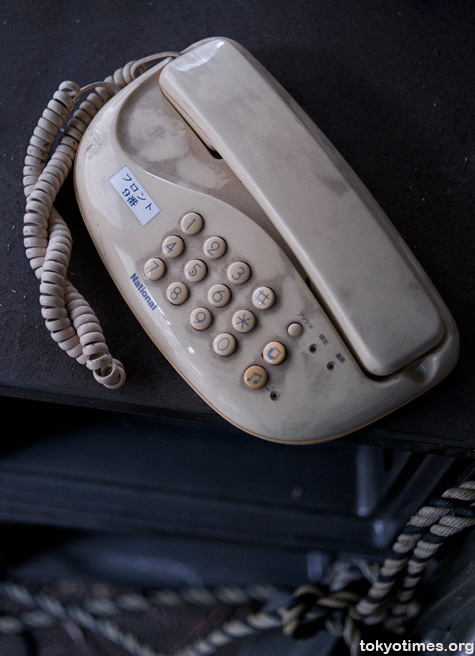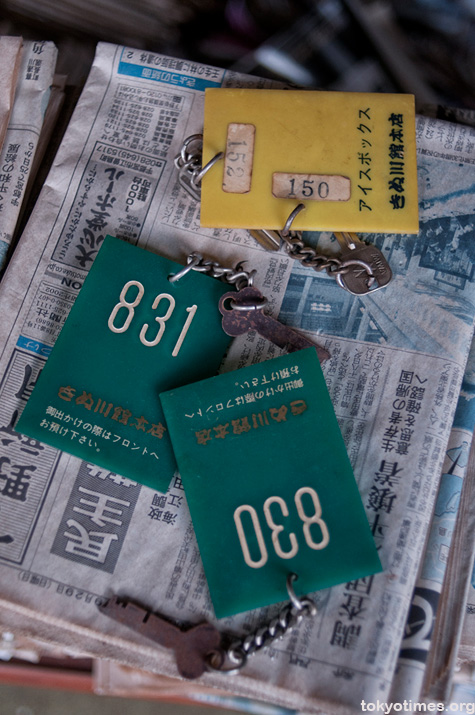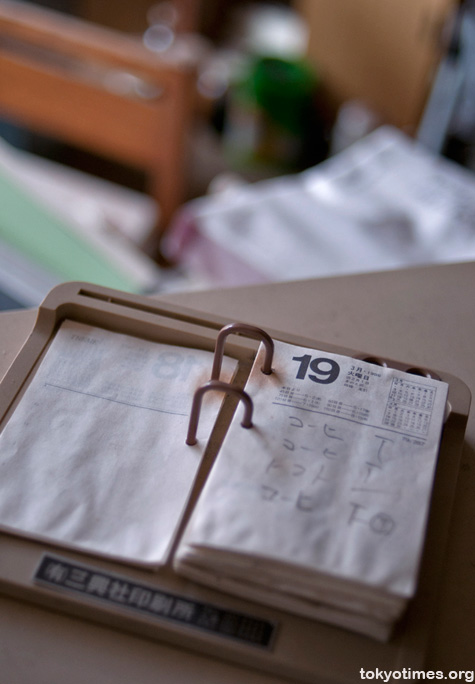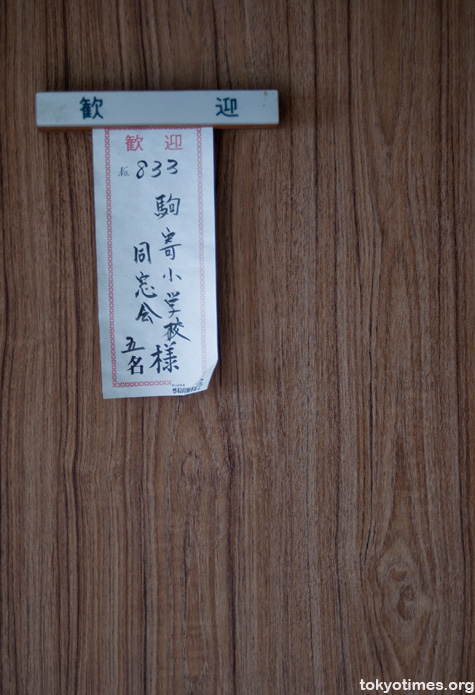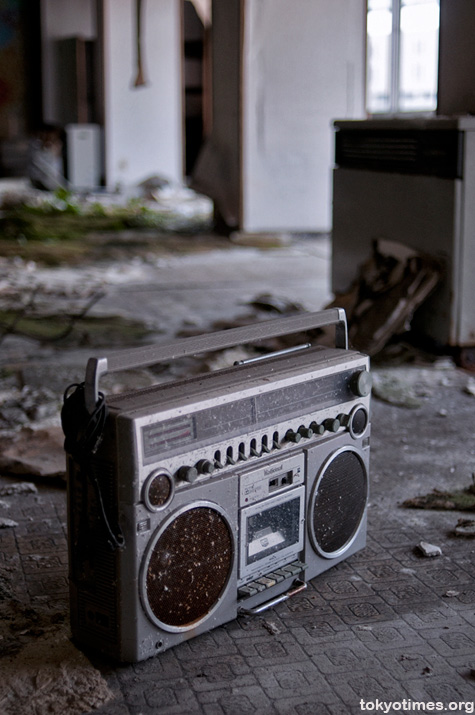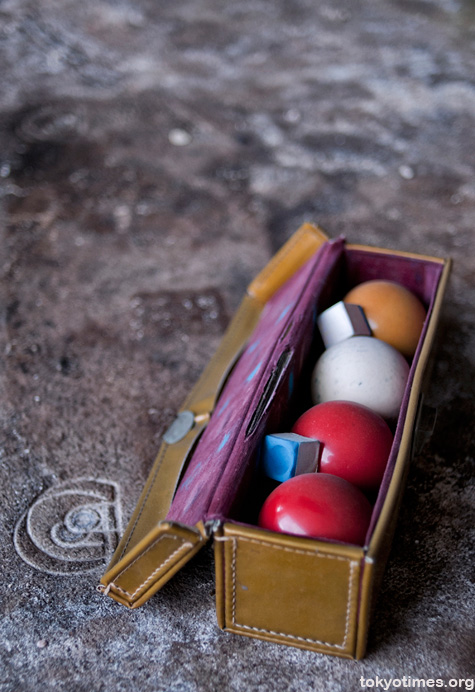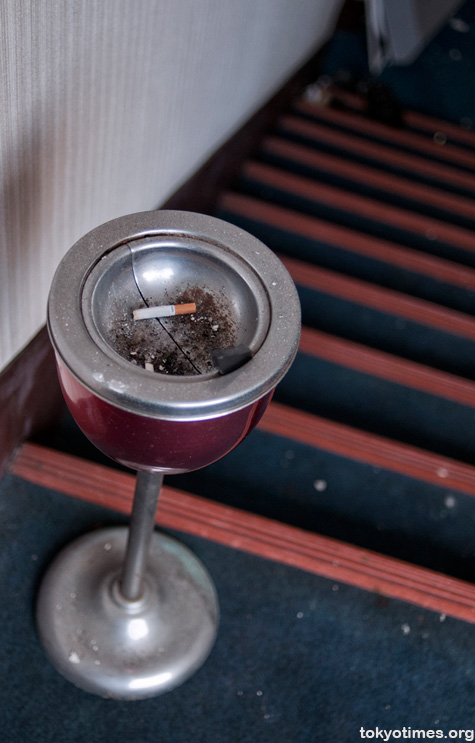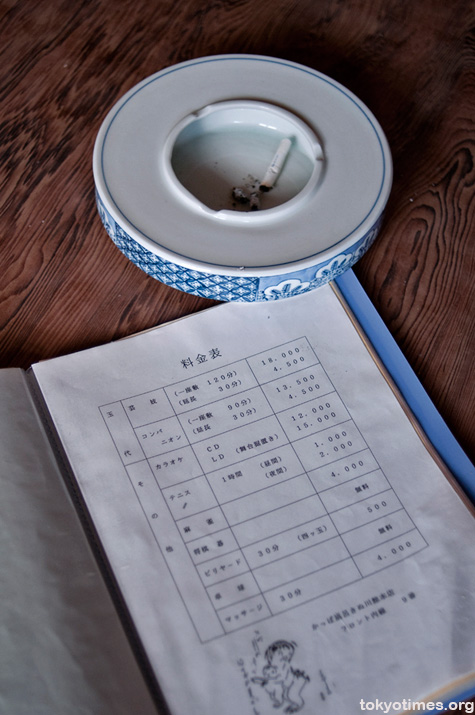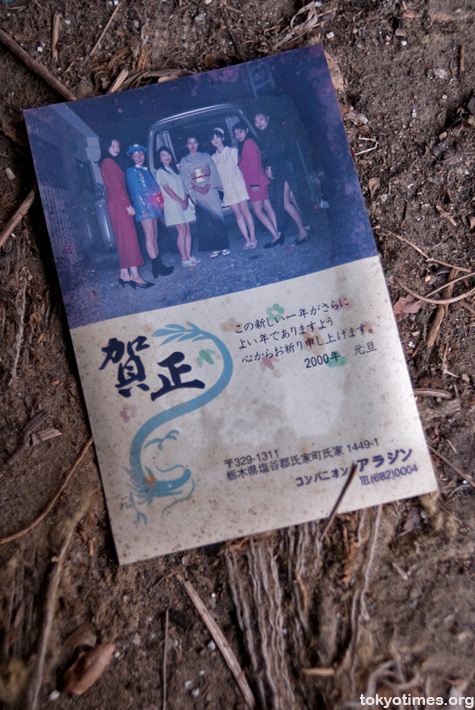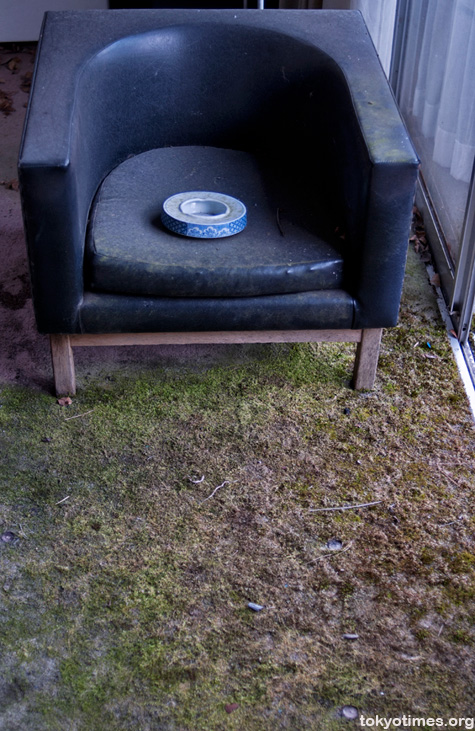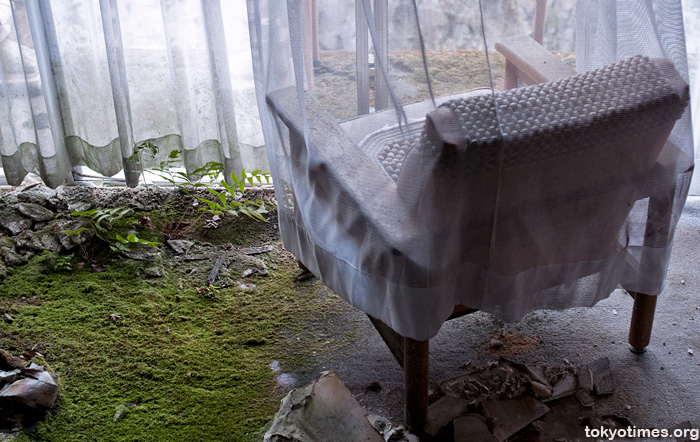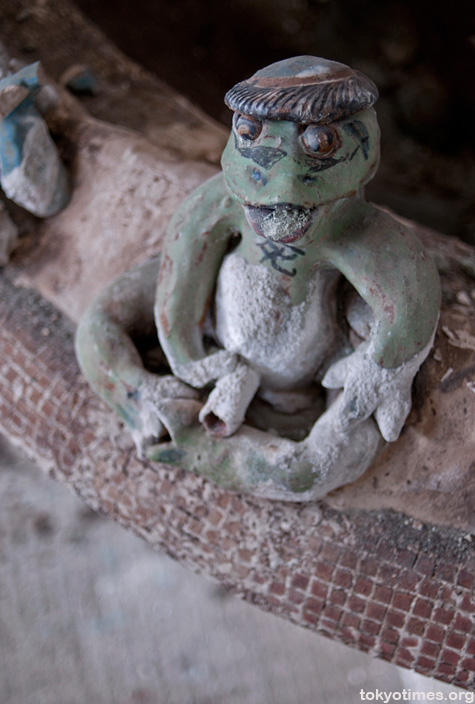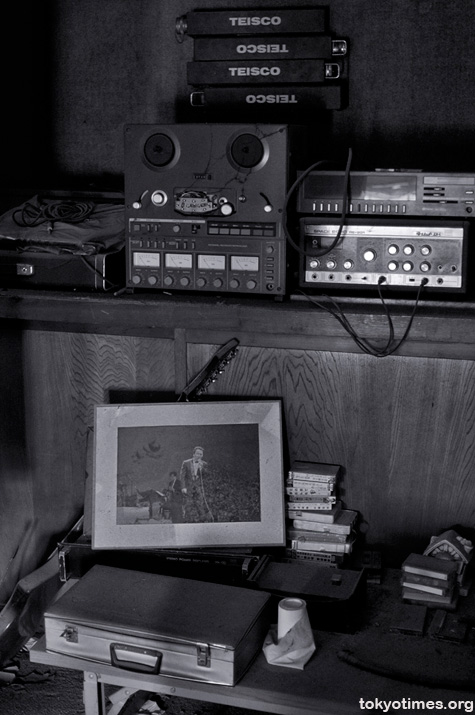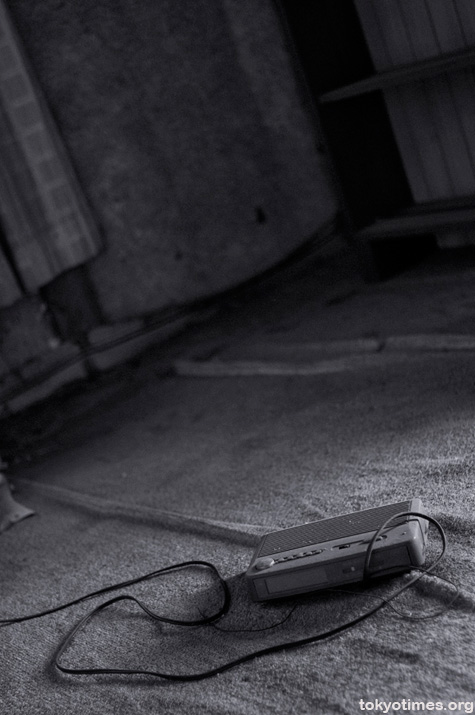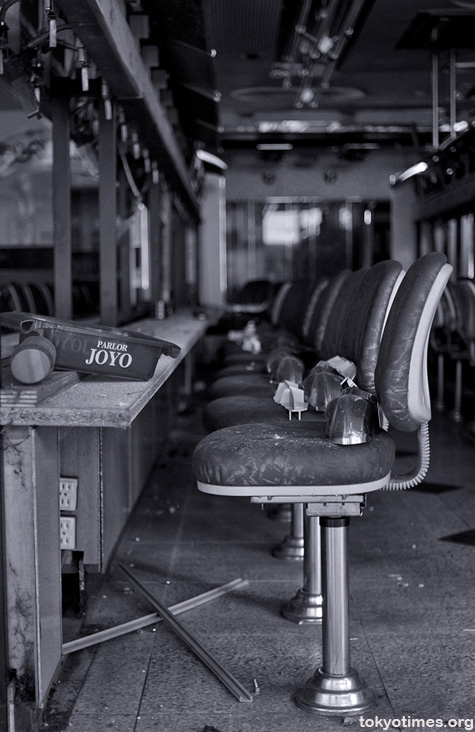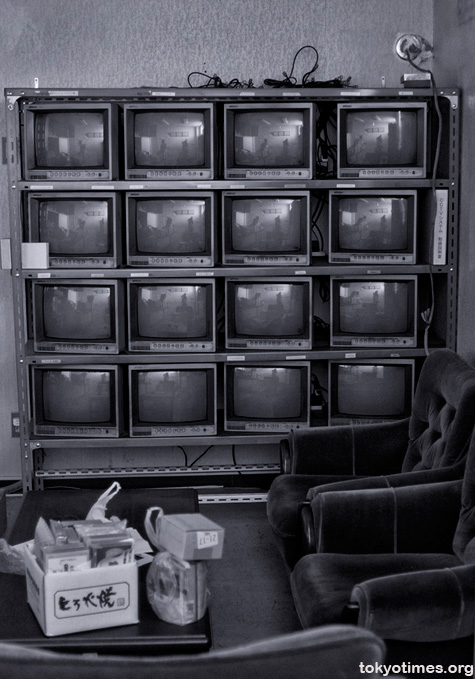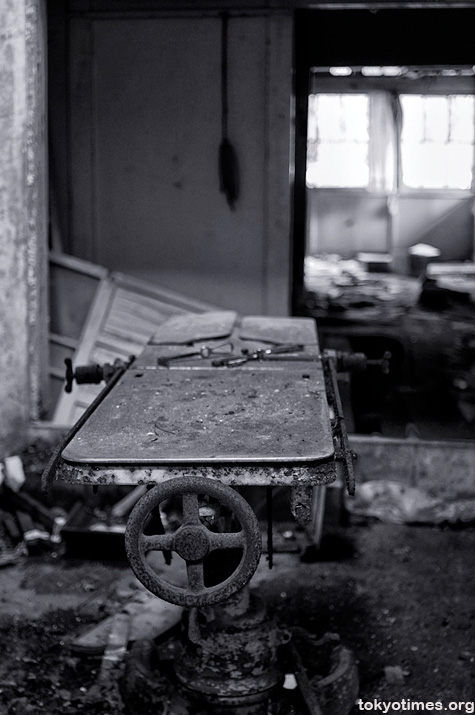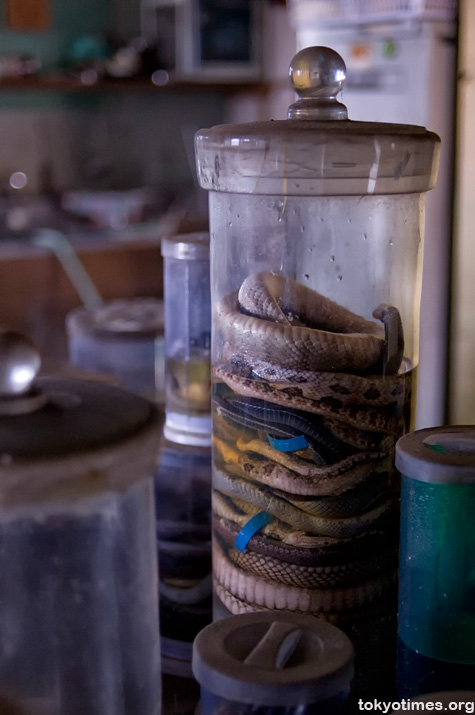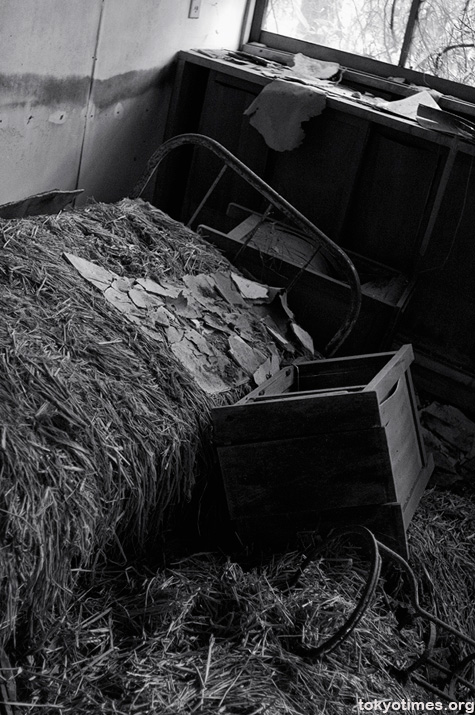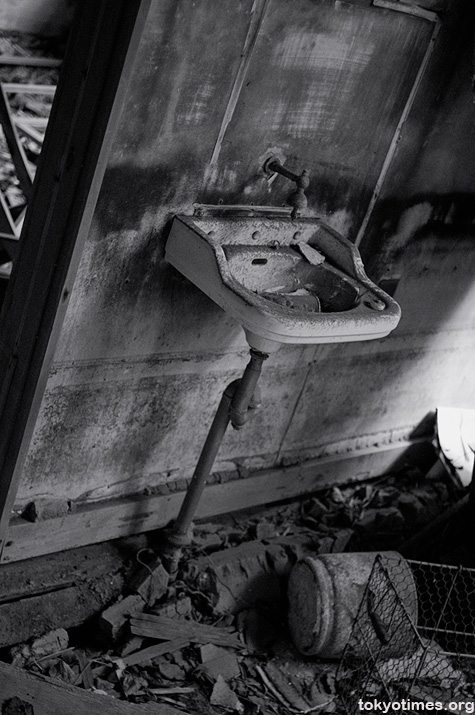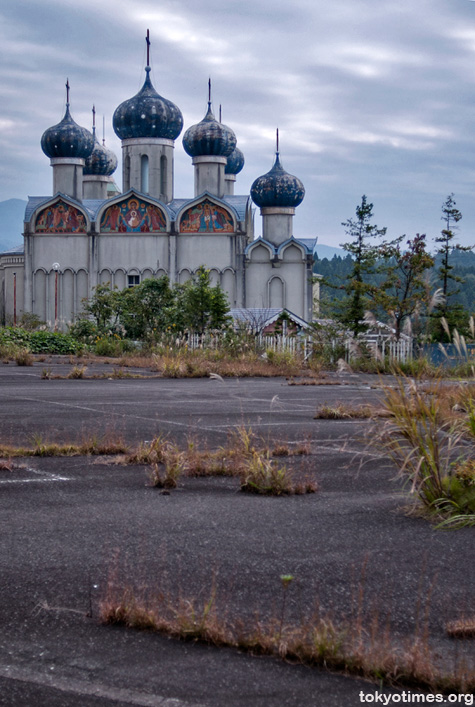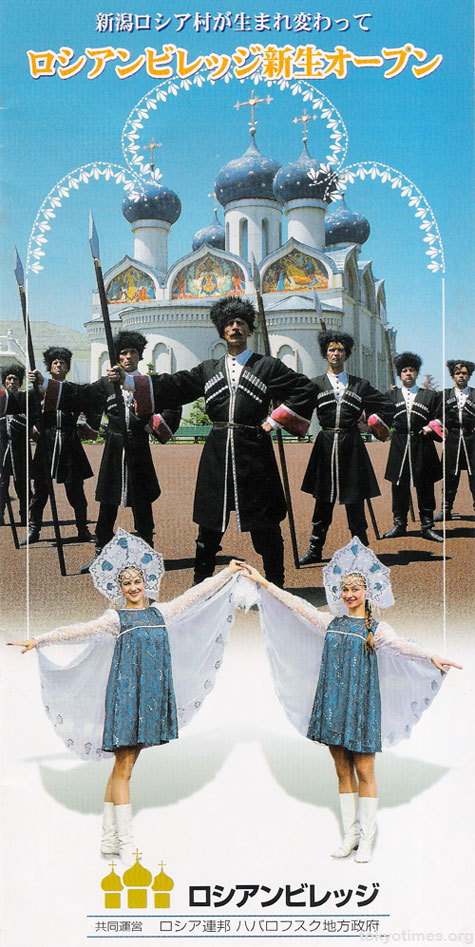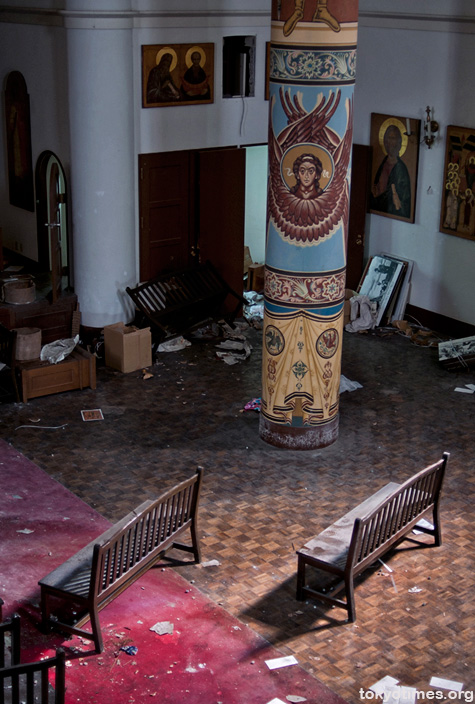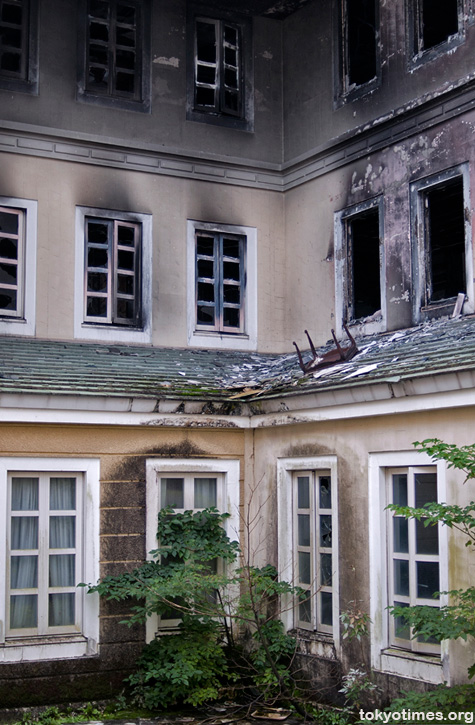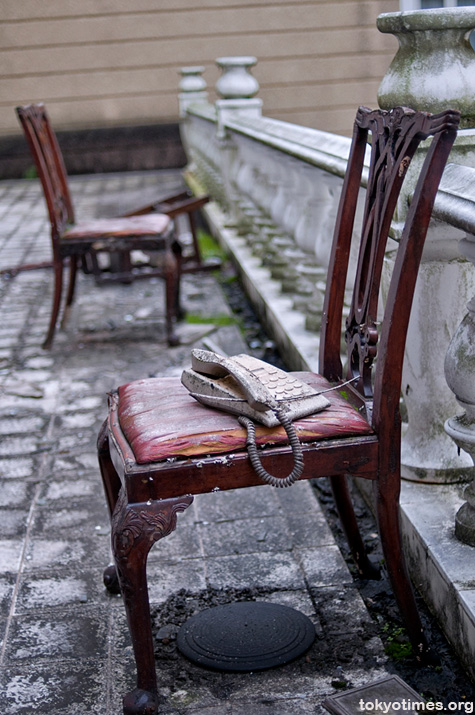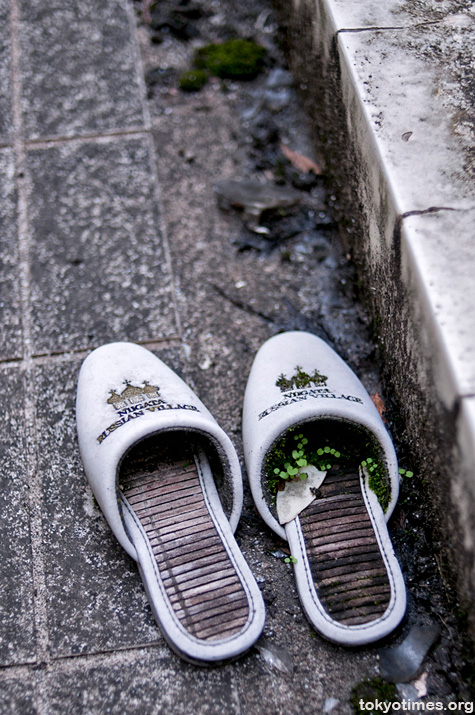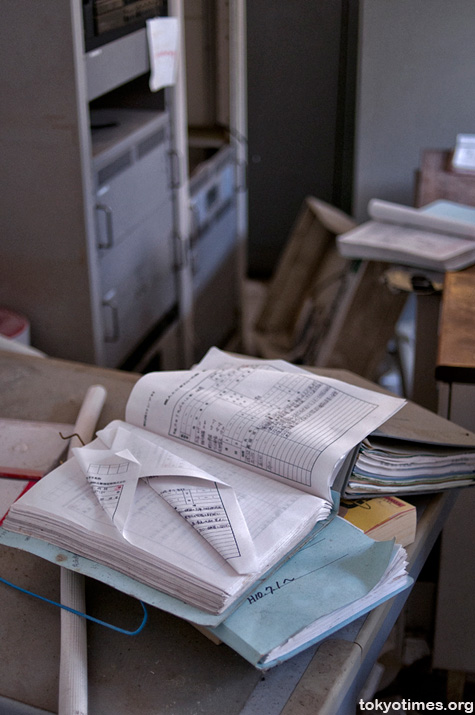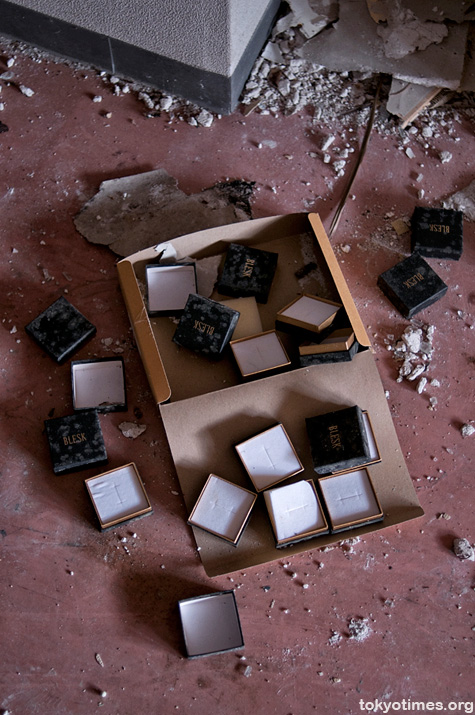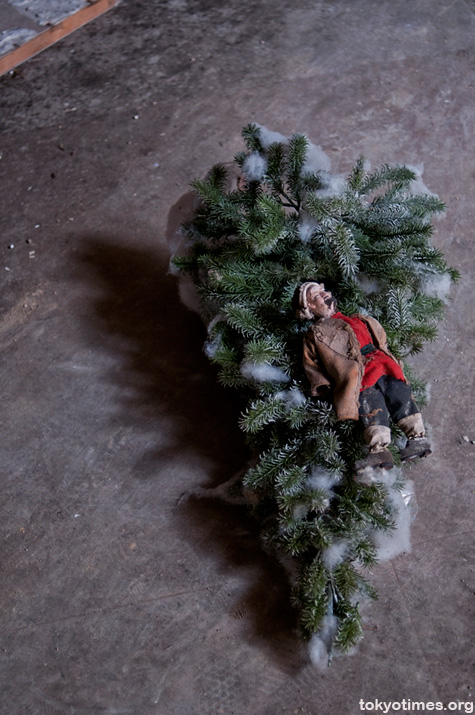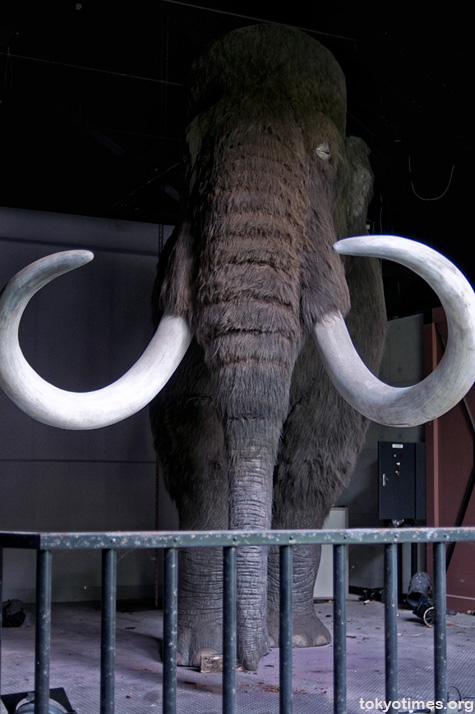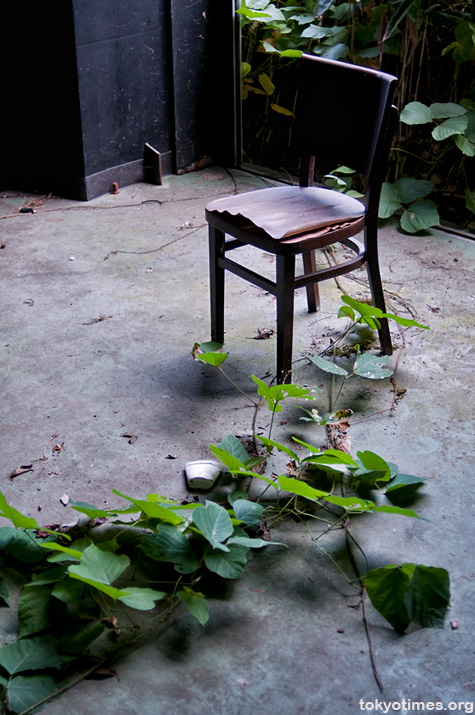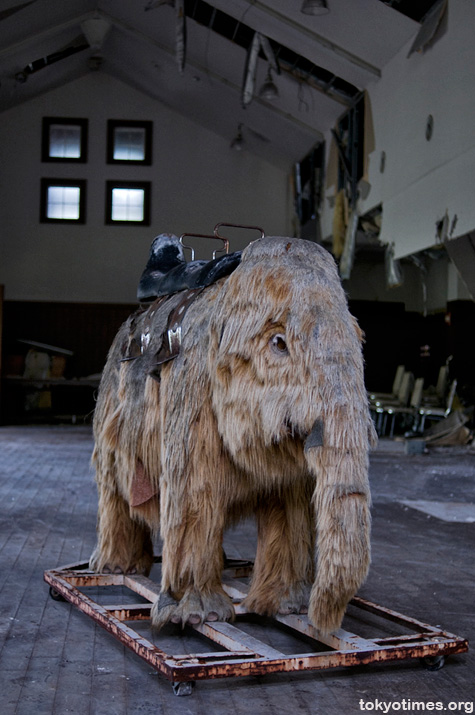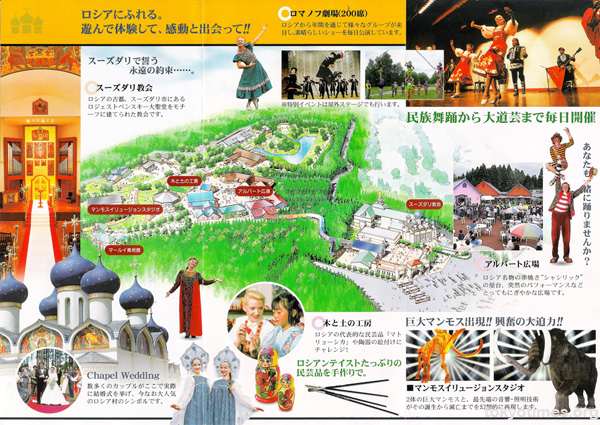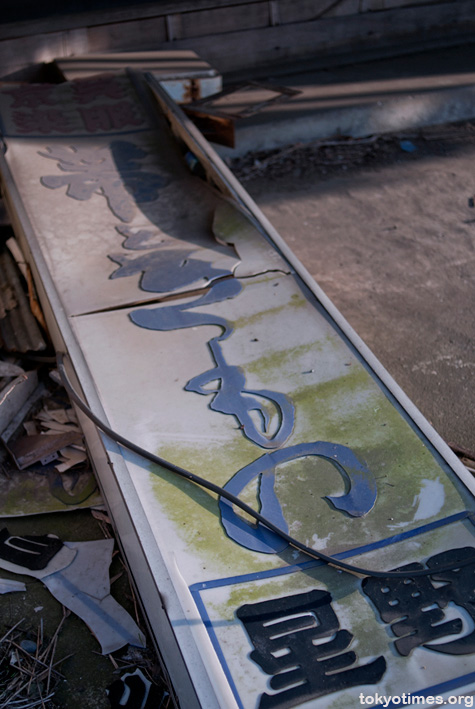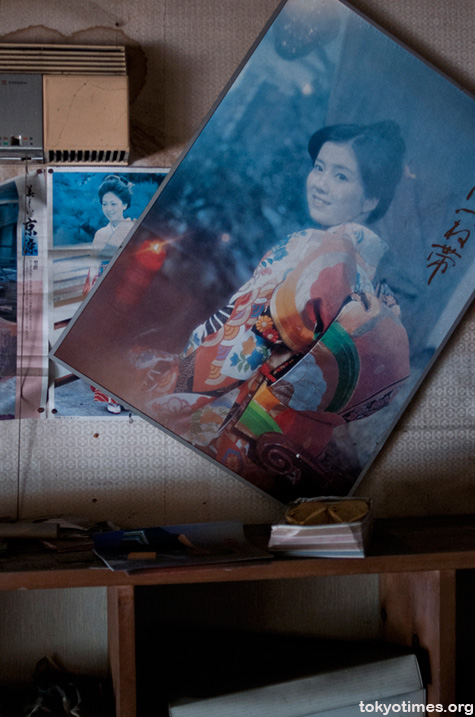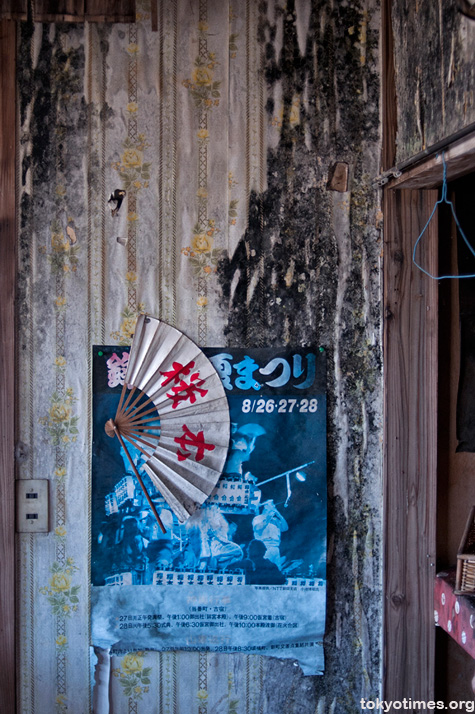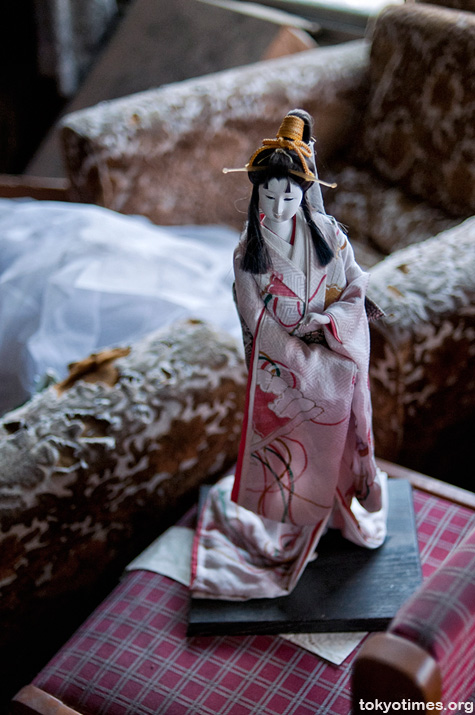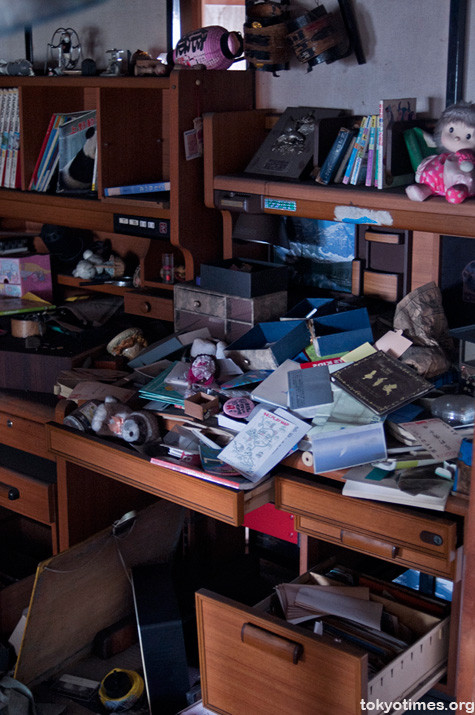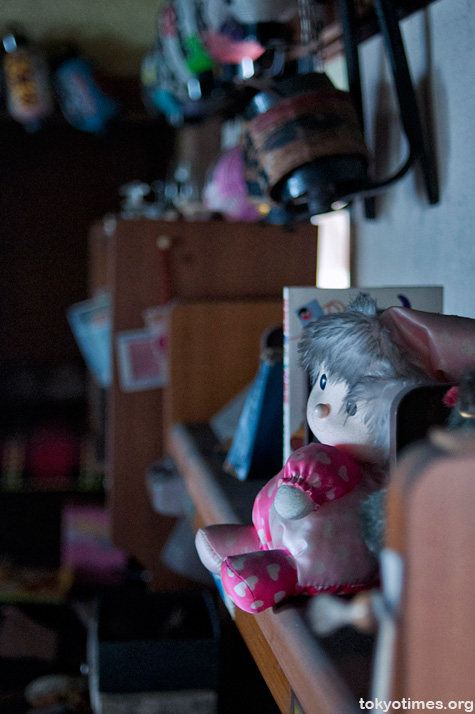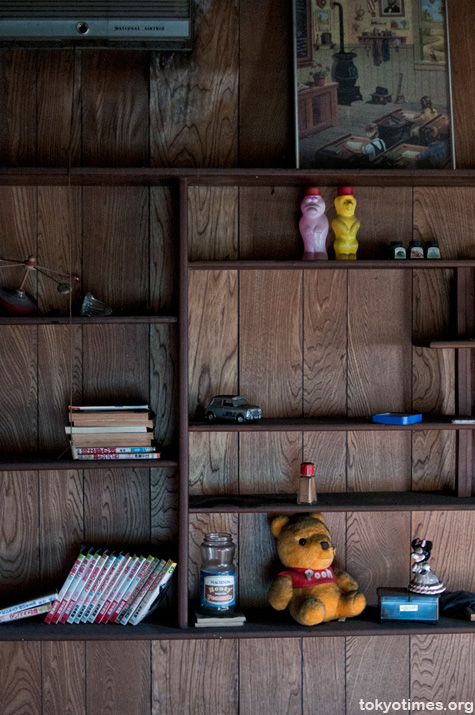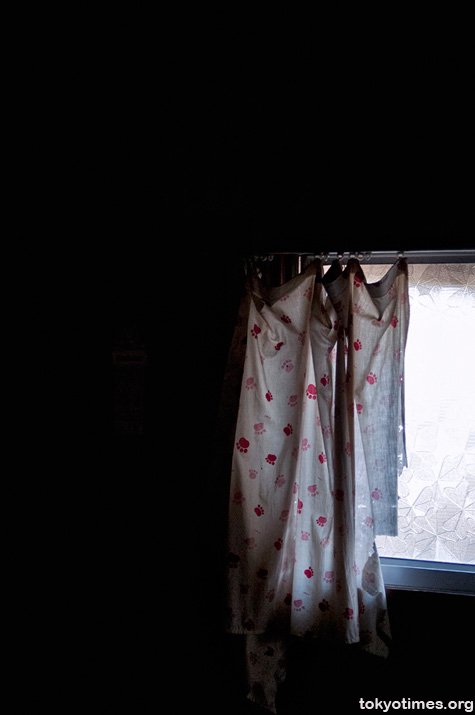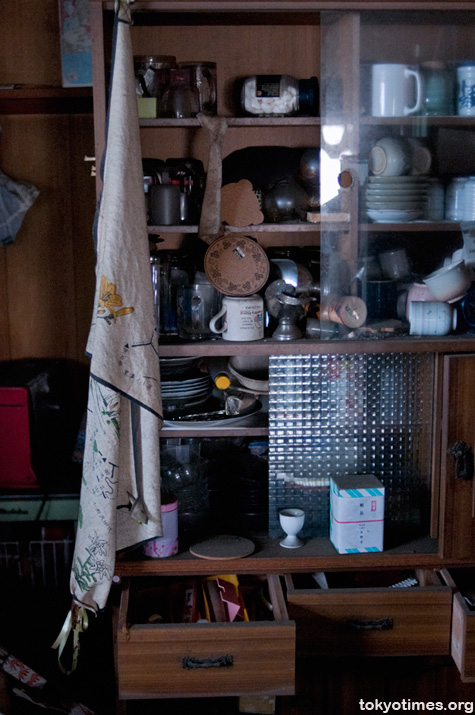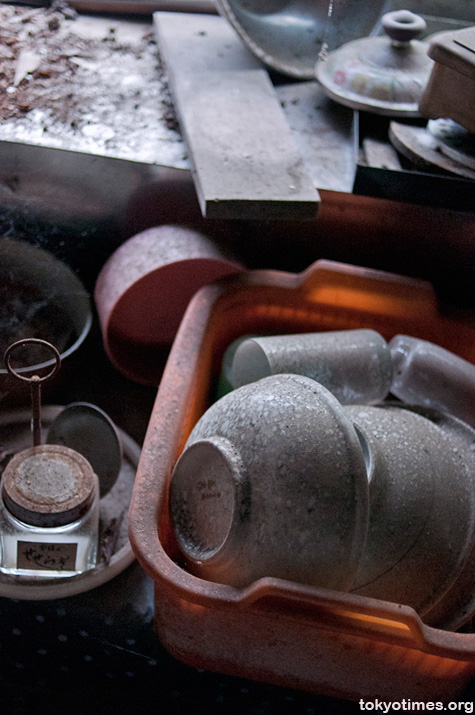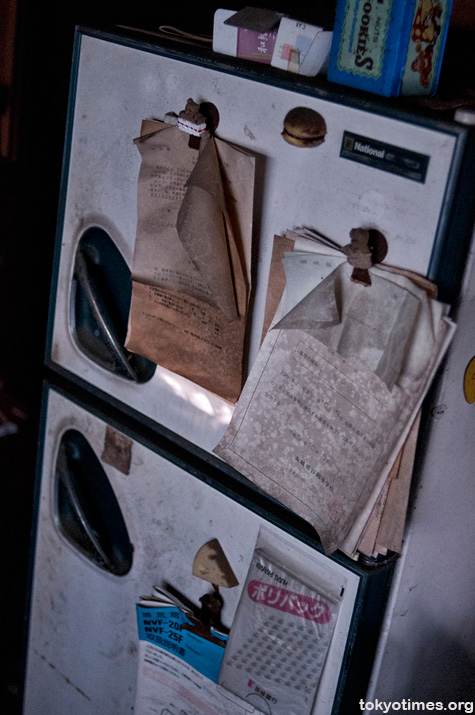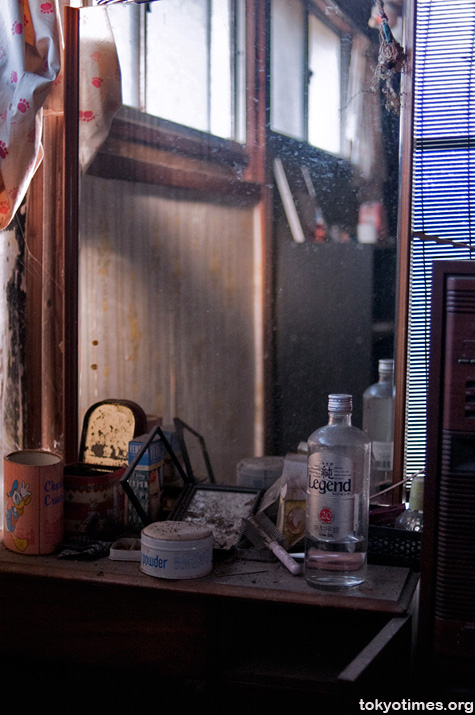Pretty much all haikyo that contain items related to the building’s past are interesting. On the odd occasion even empty structures are too. But while memory-filled houses and sorry-looking snake centres are fascinating in their own very different ways, there’s arguably something that little bit special about a long-abandoned school.
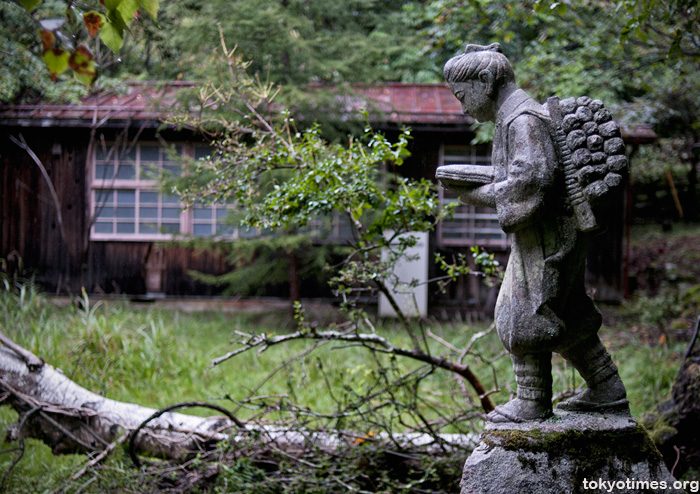
And this is especially the case when it’s an elementary school; the kind of place that is usually associated with noise, laughter and overly energetic young children. All of which make the complete silence of such haikyo really quite eerie — particularly so when it’s one as well-preserved as this.
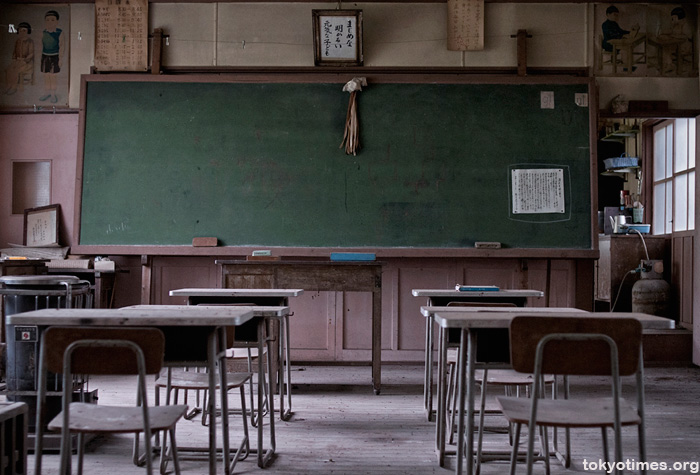
A small, village school up in the mountains that feels like it has only just been vacated.
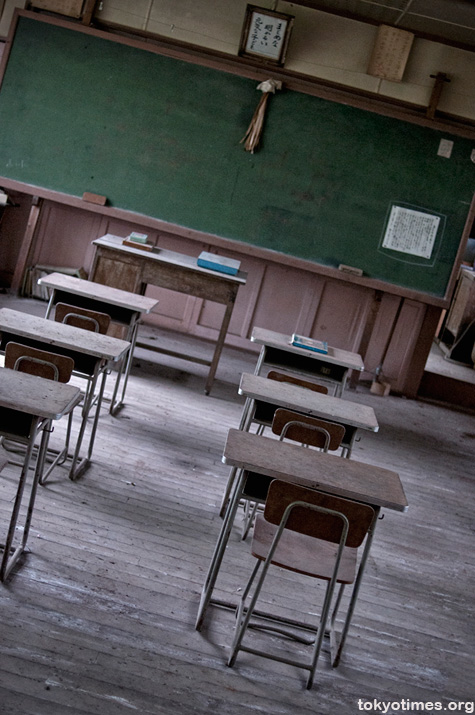
In fact, it is so untouched that there’s a real sense the students will suddenly return. Each and every one of the small class charging in from the entrance.
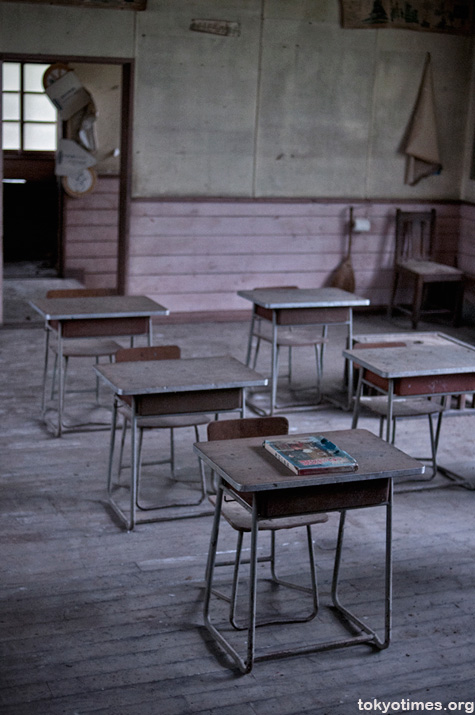
And then sitting.
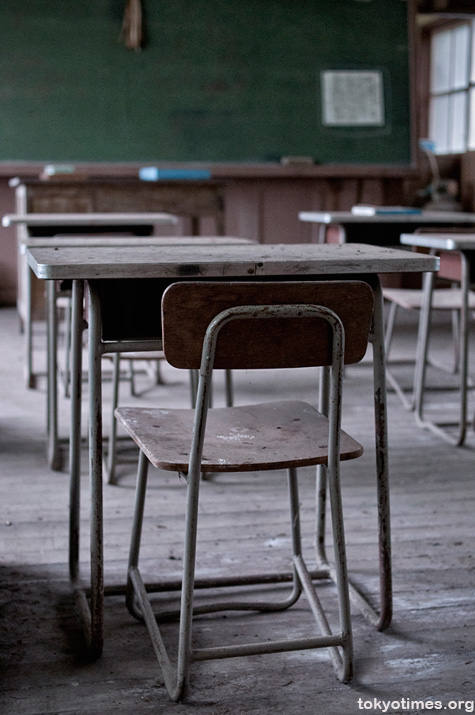
Quietly.
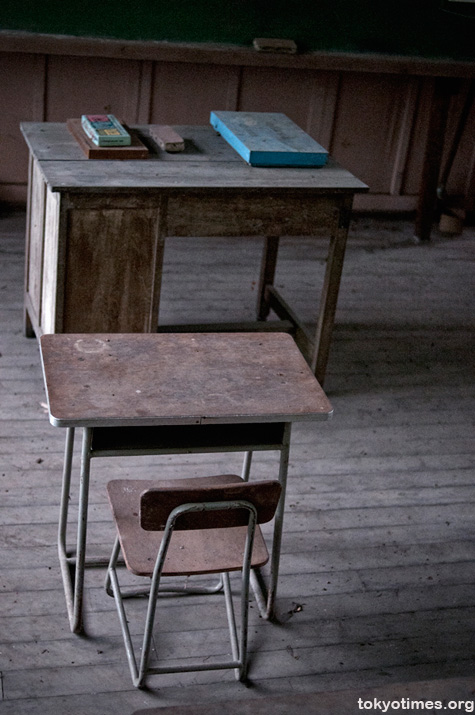
At their allotted desk.
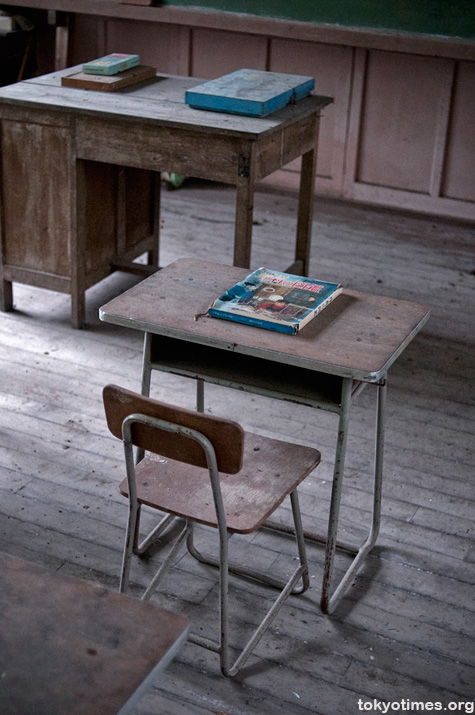
Obediently waiting for the teacher to start the next lesson.
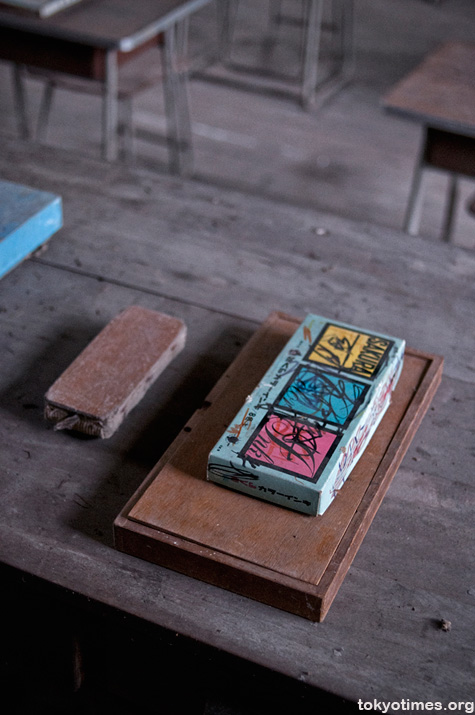
In reality, however, it’s an awfully long time since any students studied in this room — 37 years ago to be exact.
Under an old procedure that gave away forest land as a ‘gift’ from the Imperial House — an antiquated practice that was eventually superseded by the National Forest system — the mountain village that surrounds the school began life back in 1907. The school, on the other hand, was apparently founded in the previous century, in 1873. Quite why it would have been built in such an out of the way spot really isn’t clear, but with the arrival of the village 34 years later, its location was ideal.
A tiny structure that was literally at the centre of community life. The place where village youngsters would have studied basic mathematics.
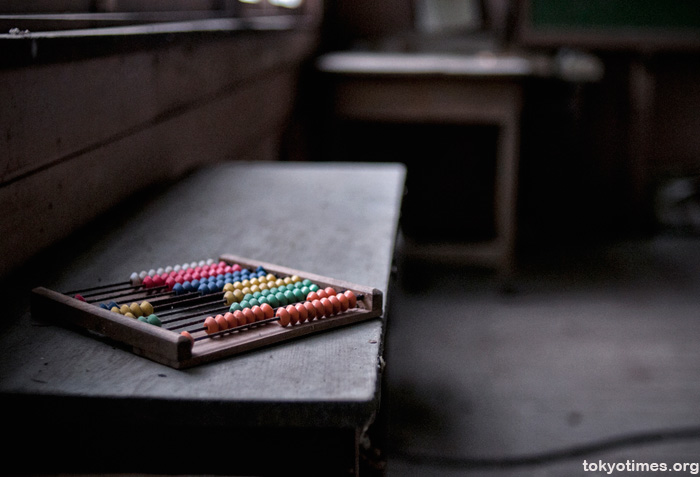
And more than likely marvelled at the latest technology.
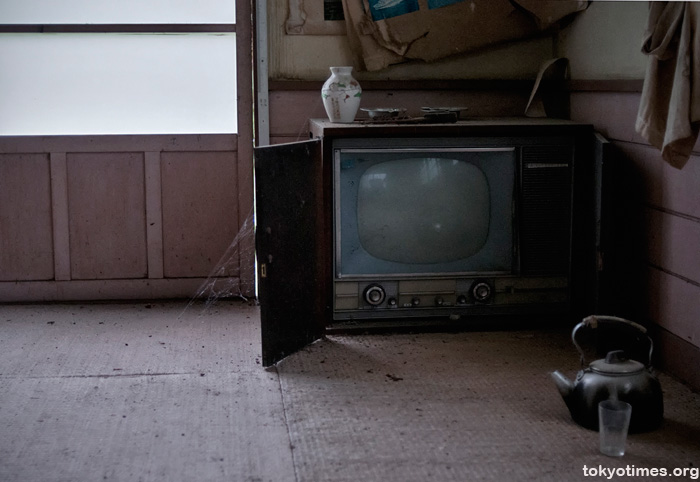
The room that contains this television (its doorway is visible in the second photograph), is also where the school’s last teacher, Yoshifumi Amemiya, would have been able to enjoy some brief time to himself. Providing him with the chance to put up a few posters.
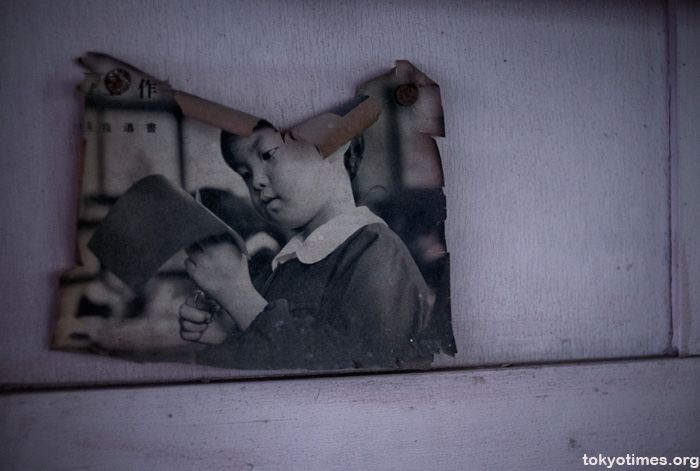
Relax.
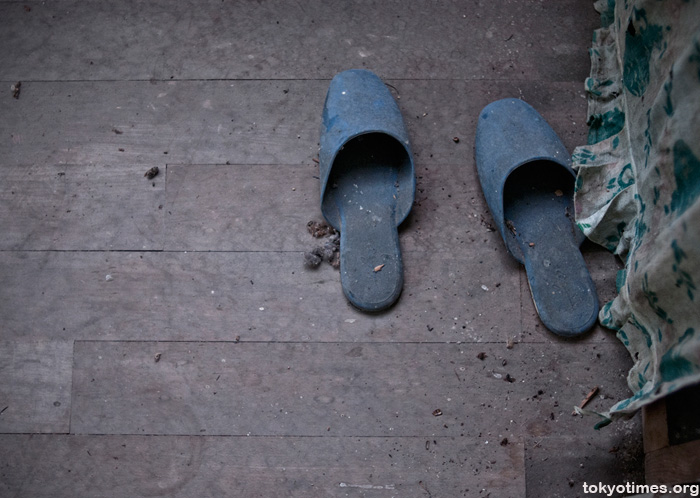
And generally have a well-earned break.
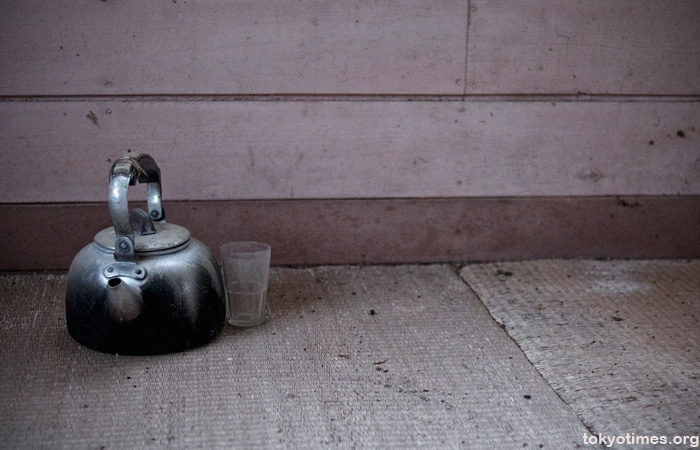
It’s also where he obviously studied the medical journals that were piled up there, as Amemiya-sensei was almost certainly a doctor too. A profession he presumably returned to when the school closed, as there was a clinic nearby run by a man of the same name.
Why the school boarded up its doors though isn’t completely clear, but a typhoon that badly damaged much of the village more than likely marked the beginning of the end for the settlement, and eventually the school itself.
In fact, an earlier typhoon in 1959 destroyed what was possibly the original school building, but it was rebuilt the following year. A factor that could well account for its relatively good condition, along with the unusual practice by the local Board of Education of visiting once a year in order to maintain the school’s ‘temporarily closed’ status, rather than letting it officially become a haikyo.
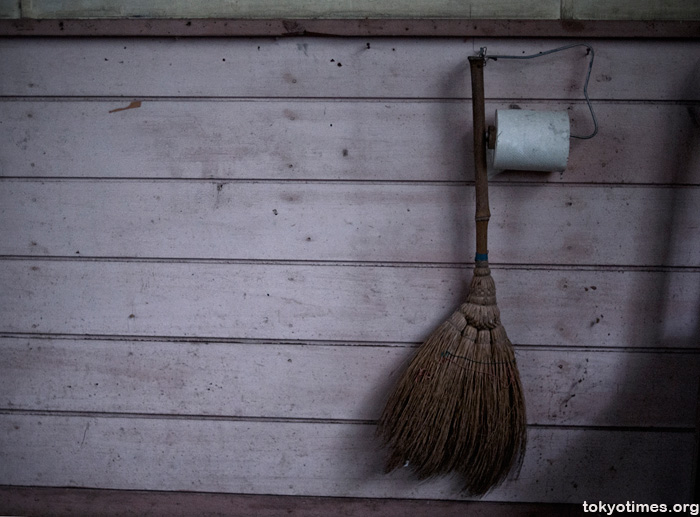
All of which result in a wonderfully preserved structure, where that aforementioned silence is almost deafening. A place where there’s no fun and games.
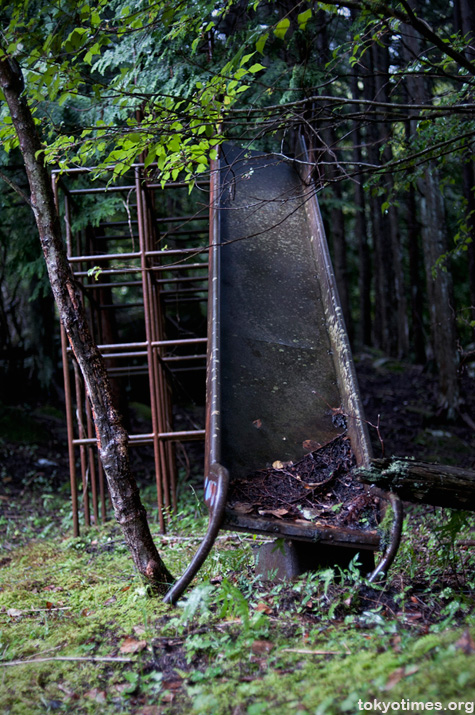
No sports.
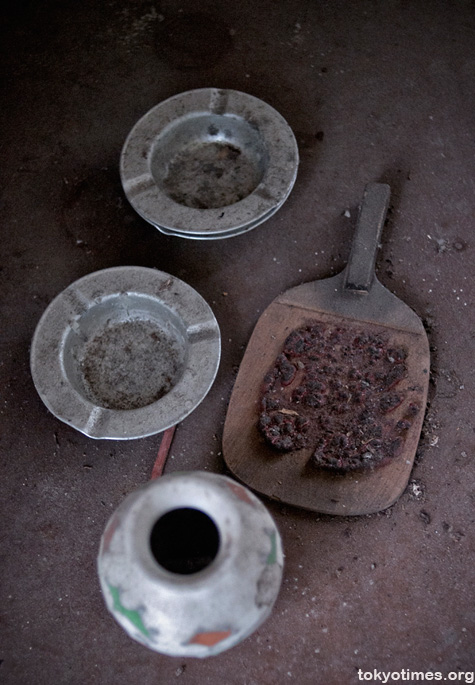
And definitely no more singing of the school song.
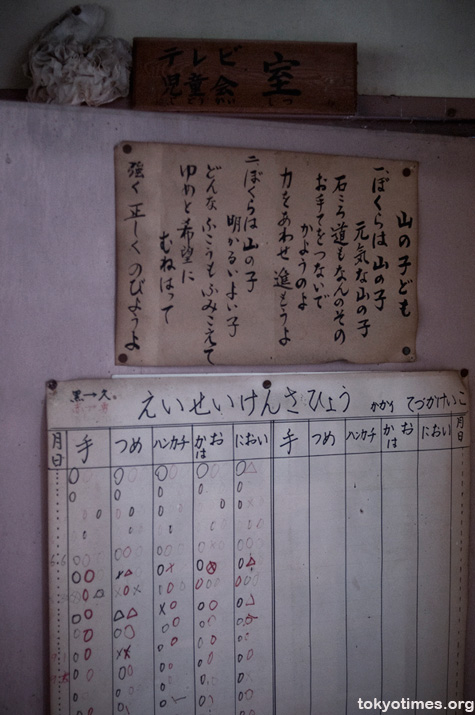
There are simply no more sounds or students at all. And almost certainly there never will be.
